Provide guide rental service only. If you want to “hire” a professional and licensed guide in Chengdu, China Exploration is ready to help. We are local in Chengdu and have done inbound travel servi......
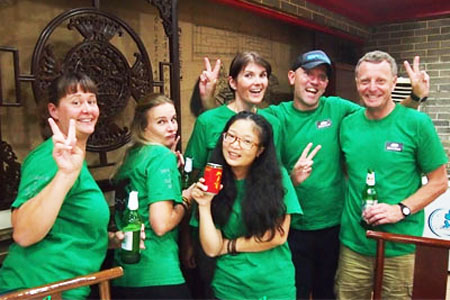
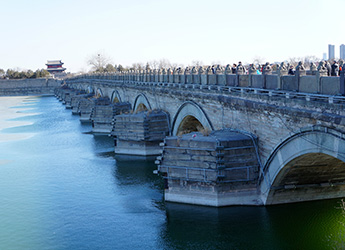 The interesting feature of the bridge is the 485 lions in all in different positions sitting on 140 balusters. The locals claimed the lions are too many to be counted. At both sides of the bridge are two stellae, one describing the renovation by the Kangxi Emperor in 1698, and the other with the characters “Moon over Lugou Bridge at Dawn” in the Qianlong Emperor’s handwriting. There is a museum nearby in Wanping town called the Museum of the anti-Japanese War Resistance.
The interesting feature of the bridge is the 485 lions in all in different positions sitting on 140 balusters. The locals claimed the lions are too many to be counted. At both sides of the bridge are two stellae, one describing the renovation by the Kangxi Emperor in 1698, and the other with the characters “Moon over Lugou Bridge at Dawn” in the Qianlong Emperor’s handwriting. There is a museum nearby in Wanping town called the Museum of the anti-Japanese War Resistance.

Provide guide rental service only. If you want to “hire” a professional and licensed guide in Chengdu, China Exploration is ready to help. We are local in Chengdu and have done inbound travel servi......
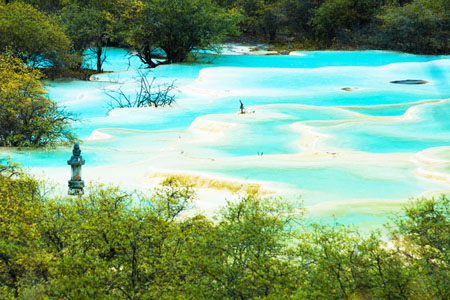
The classic 8 Days tours of Jiuzhaigou,Leshan and Chengdu, which covered almost all of the top attractions of Sichuan. ......

The daily package tours to Jiuzhaigou and Huanglong, please inquire us before your booking because prices may vary every day. Jiuzhaigou National Parks and Huanglong National Parks are most famous tour......
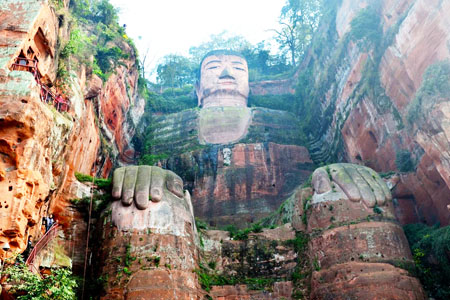
Offering classic 3 days' tour to Chengdu, Leshan and Emeishan. Chengdu is the home of giant Panda, also famous for the Emeishan mountain and Leshan Giant Buddha. ......
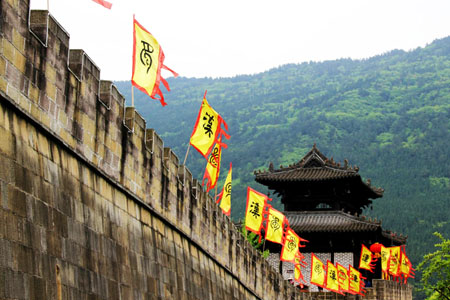
Sichuan plain is a paradise for tourist, and a lot of beautiful nature reserves and historical sites are scattered in the cities and mountains around it. Mianyang, Guangyuan and Nanchang prefecture are......
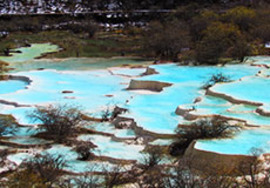
Provide private tours to Jiuzhaigou valley for tourist both by flights or overland bus tours, and just tell your need, and we will tailor-made a private package for your tour to Jiuzhaigou and Huanglon......

